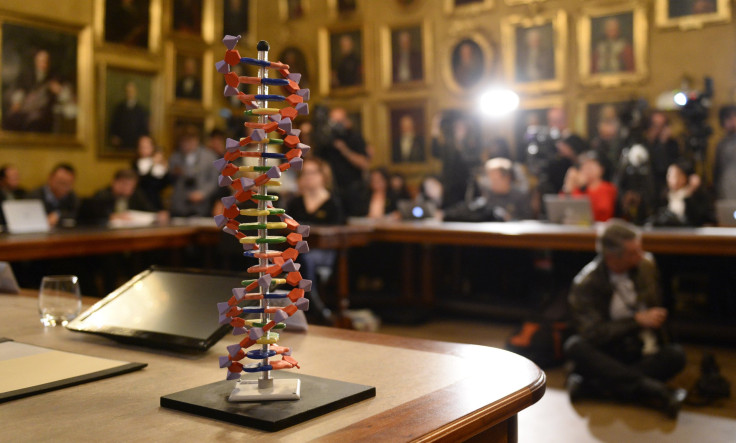What Is DNA Repair? Nobel Prize In Chemistry 2015 Awarded To Swedish, American, Turkish Scientists

The Nobel Prize in Chemistry 2015 was awarded Wednesday to Swedish scientist Tomas Lindahl, American scientist Paul Modrich and Turkish scientist Aziz Sancar for their work on the mechanisms of DNA repair. The three men have mapped how cells repair damaged DNA and safeguard the genetic information, according to the Royal Swedish Academy of Sciences, which is responsible for selecting the Nobel Laureates in chemistry. But what exactly is DNA repair, and what do their scientific findings mean?
Our DNA is damaged each day by ultraviolet radiation from sunlight, free radicals and other carcinogenic substances. In fact, deoxyribonucleic acid decays at a rate that ought to have made human life on Earth impossible. But a host of molecular systems continuously monitor and repair DNA, keeping our genetic material intact. Lindahl, Modrich and Sancar have mapped how several of these repair systems function at a detailed molecular level.
DNA, which uniquely serves as a permanent copy of the cell genome, was thought to be an extremely stable molecule until the 1970s, when Lindahl of the Francis Crick Institute and Clare Hall Laboratory in Britain showed that our genetic material actually undergoes various chemical changes. Lindahl, now 77, realized cells must have had to develop mechanisms to repair damaged DNA. This led him to discover base excision repair, a molecular machinery which constantly counteracts our DNA’s collapse.

While at Yale University, Sancar mapped nucleotide excision repair, the mechanism that cells use to repair UV-damaged DNA. Sancar, now 69 and a professor at the University of North Carolina School of Medicine in Chapel Hill, realized that people born with defects in this repair system can develop skin cancer when exposed to sunlight.
Modrich, investigator at Howard Hughes Medical Institute and professor at Duke University School of Medicine in Durham, North Carolina, showed how the cell corrects errors when DNA is replicated during cell division, a mechanism known as mismatch repair. Congenital defects in this process are known, for instance, to cause a hereditary variant of colon cancer, the academy said Tuesday.
Their findings on DNA repair have provided fundamental insights into how cells function and therefore are significant for cancer research and the development of new cancer treatments. Cancer cells are kept alive by DNA repair mechanisms, so scientists are now researching ways to destroy these systems within the cancer cells to kill them, according to the Associated Press.
Lindahl, Sancar and Modrich will receive their awards along with the other Nobel Prize winners on Dec. 10, the anniversary of prize founder Alfred Nobel’s death in 1896.
© Copyright IBTimes 2024. All rights reserved.











